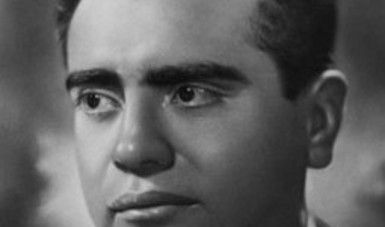Jose Pablo Moncayo: A Classical Mexican Composer
Juan was one of the first Mexican composers to write pieces for concert halls since in those years only European classics were performed; his work allowed his contemporaries and later generations of Mexican composers to focus on the development of national music.





